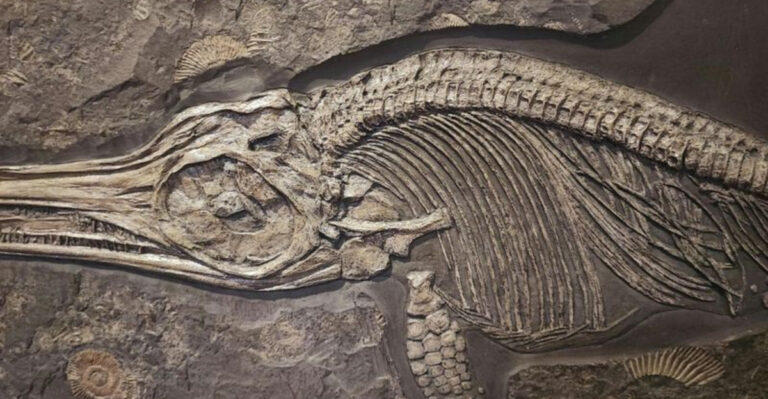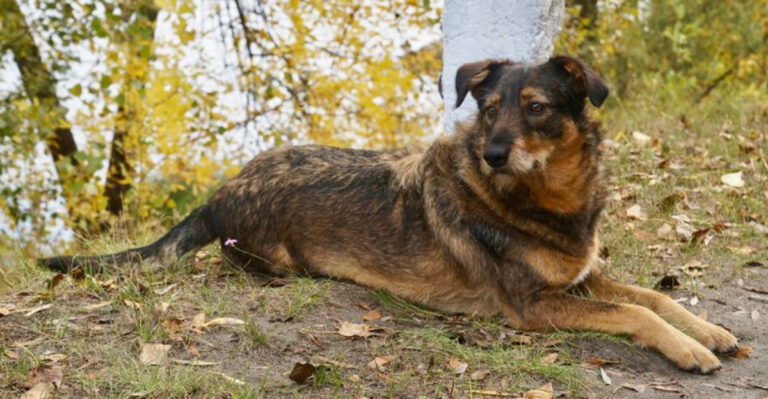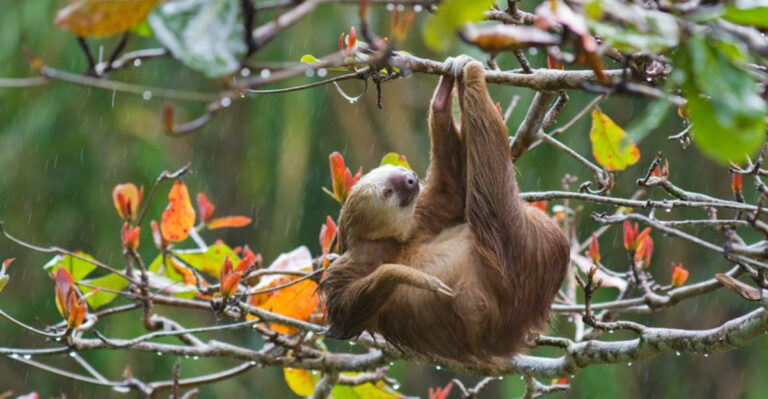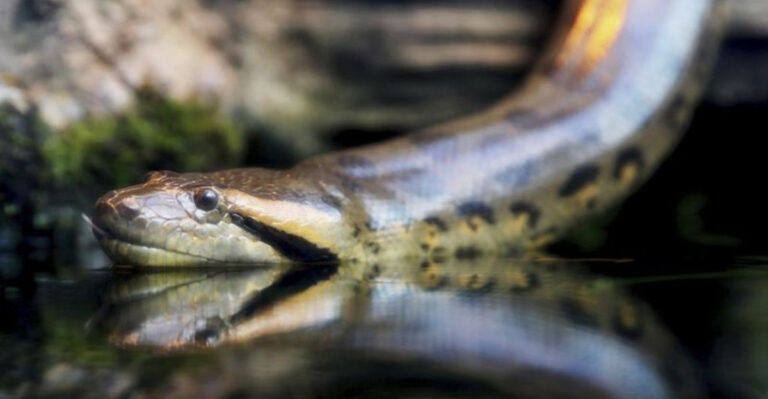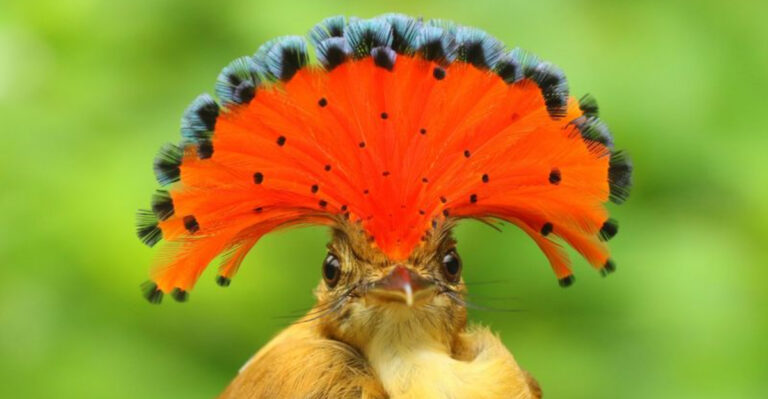Volcanic Eruption Uncovers Thousands Of Hidden Sea Creatures
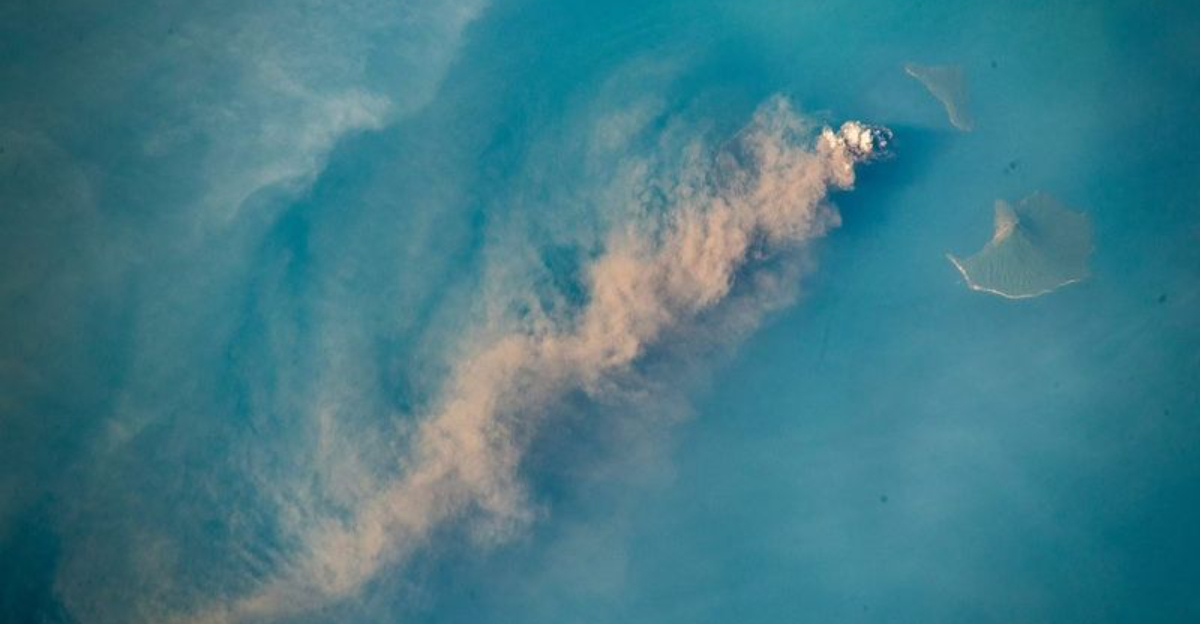
In 2012, a massive underwater volcano called Havre erupted near New Zealand, changing the ocean floor in ways scientists never expected. This hidden eruption was so powerful it created a massive raft of pumice that floated across the Pacific Ocean.
When researchers finally explored the aftermath, they discovered something amazing – thousands of sea creatures that had been hiding in the deep, suddenly revealed by nature’s underwater fireworks.
Let’s explore what this underwater volcano taught us about ocean life.
1. Lava-Loving Microbes Thrive In Extreme Heat
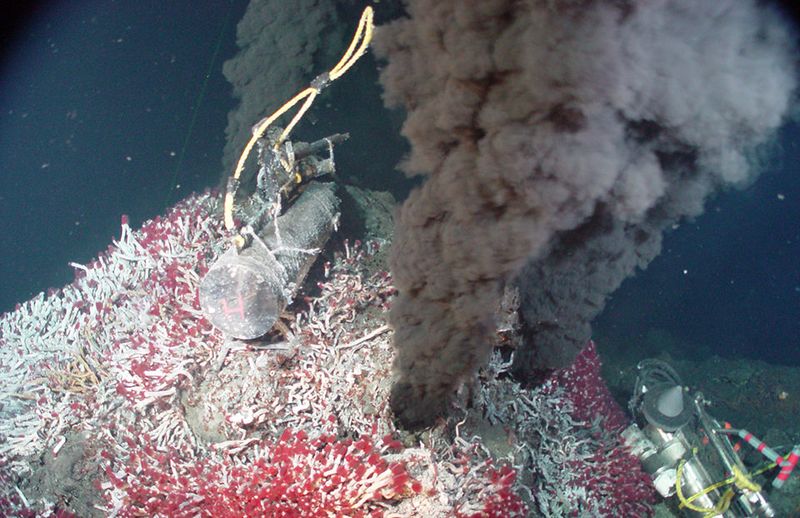
Tiny microorganisms that actually prefer scorching temperatures were found flourishing around Havre’s cooling lava flows. These heat-loving extremophiles can survive in conditions that would cook most living things!
Scientists discovered entire colonies of these specialized bacteria creating colorful mats on fresh volcanic rock. They use chemical energy from the volcano’s minerals instead of sunlight to survive – a process called chemosynthesis.
These tough little organisms might help us understand how life could exist on other planets with extreme environments. They’re also teaching us about the very first life forms that may have evolved on early Earth when our planet was much hotter.
2. Ghost-White Crabs Emerge From Nowhere
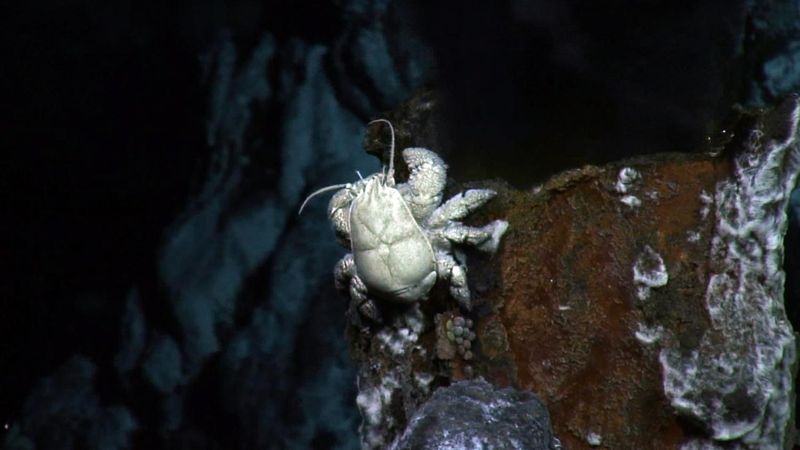
Pale, almost translucent crabs appeared in surprising numbers around the eruption site. Their ghostly appearance comes from living in darkness, where pigmentation isn’t necessary for survival or camouflage.
Marine biologists were shocked by how quickly these crabs colonized the fresh volcanic terrain. Their specialized legs allow them to navigate the rough, jagged surfaces of new lava flows with surprising agility.
What’s fascinating is that nobody knows exactly where these crabs came from! They might have been hiding in deep crevices before the eruption, or possibly migrated from nearby underwater volcanoes.
Their ability to rapidly populate new habitats makes them important pioneers in deep-sea ecosystem recovery.
3. Bizarre Tube Worms Form Living Chimneys
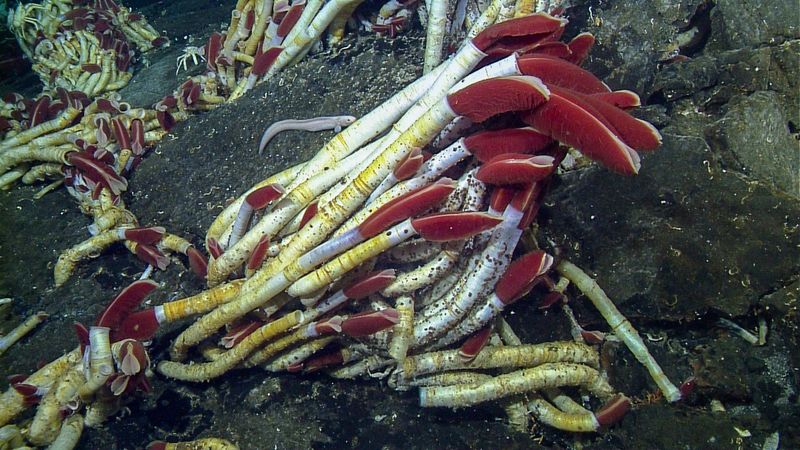
Among the most striking discoveries were colonies of giant tube worms creating living chimneys around volcanic vents. These unusual creatures have no mouths or digestive systems – instead, they host special bacteria in their tissues that convert chemicals from the vents into food!
Growing up to six feet long, these worms construct protective tubes from a tough material similar to fingernails. Their bright red plumes absorb oxygen and nutrients from the water while their bodies remain safely anchored in their tubes.
Before the Havre eruption, scientists had no idea these particular species lived in this region. The volcano essentially provided a window into a hidden ecosystem that had been flourishing undetected in the deep ocean.
4. Octopus Nurseries Hidden In Lava Tubes
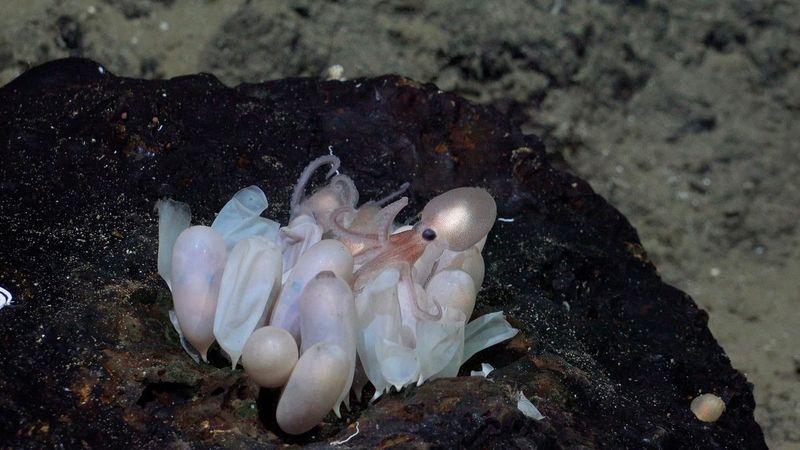
The eruption revealed something truly unexpected – octopus nurseries tucked away in lava tubes! Female octopuses were using the hollow tunnels created by flowing lava as protected spaces to lay and guard their eggs.
These smart creatures found that the warm water flowing through these natural tunnels creates perfect incubation conditions. Scientists counted hundreds of egg clusters in some areas, suggesting these volcanic features have been important breeding grounds for generations.
What makes this discovery extra special is that deep-sea octopus reproduction has rarely been observed in the wild. The Havre eruption accidentally gave researchers a front-row seat to this normally hidden behavior.
5. Glowing Fish Adapted To Volcanic Darkness
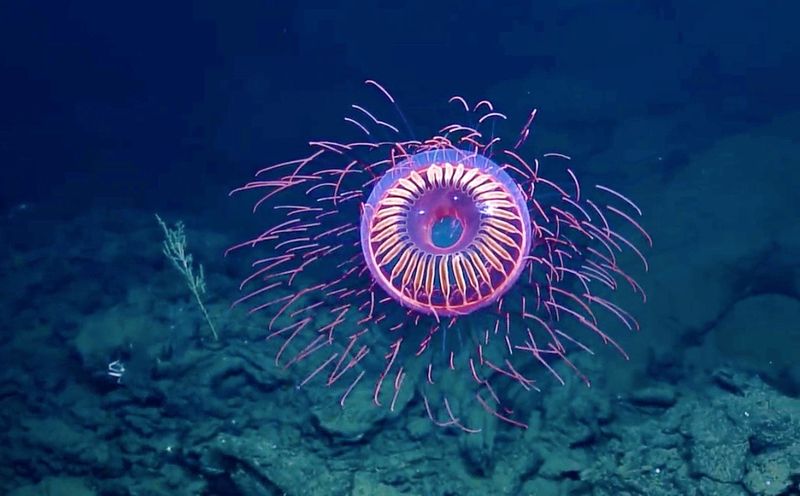
Strange fish with built-in headlights were spotted swimming through the volcanic debris fields! These bioluminescent species produce their own light through special organs called photophores that dot their bodies. The eruption stirred up so much ash and sediment that the water remained cloudy for months.
Regular fish couldn’t navigate these murky conditions, but these glowing specialists thrived while others struggled to find food or mates.
Scientists believe these fish may have evolved their light-producing abilities specifically to thrive around volcanic vents, where eruptions periodically darken the water.
Their discovery highlights how volcanic activity has shaped the evolution of deep-sea creatures in ways we’re only beginning to understand.
6. Volcanic Glass Houses For Tiny Shrimp
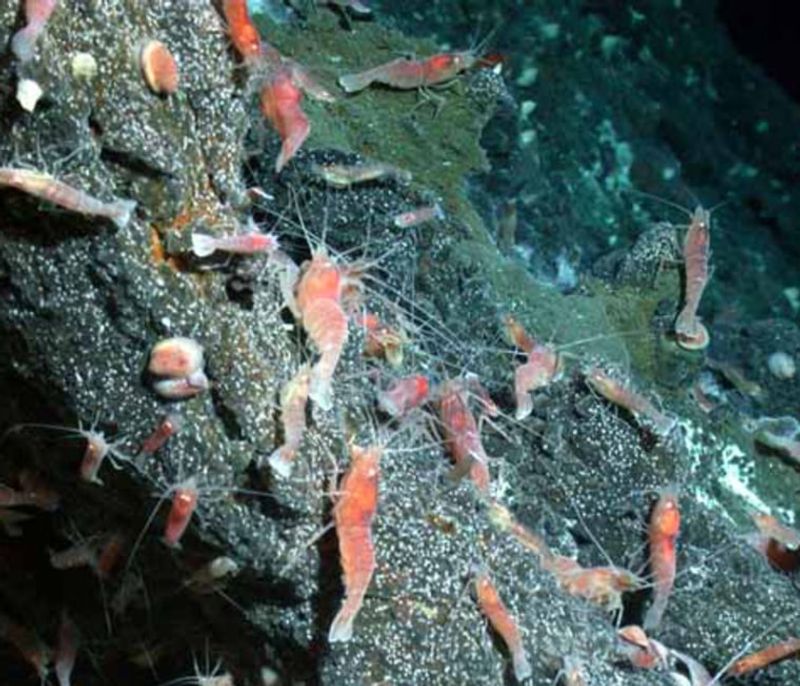
Thousands of miniature shrimp were found making homes inside bubbles of volcanic glass! When lava cools rapidly underwater, it sometimes forms hollow glass spheres, and these enterprising little crustaceans moved right in.
The transparent bubbles offer perfect protection from predators while still allowing the shrimp to see out. Researchers watched as the tiny creatures modified their glass homes by nibbling small entrance holes just big enough to slip through.
Before this discovery, scientists had no idea that sea creatures could repurpose volcanic materials as shelter. These resourceful shrimp demonstrate how marine life can adapt to and utilize even the most unusual features created by underwater eruptions.
7. Mystery Slime Molds That Eat Metal
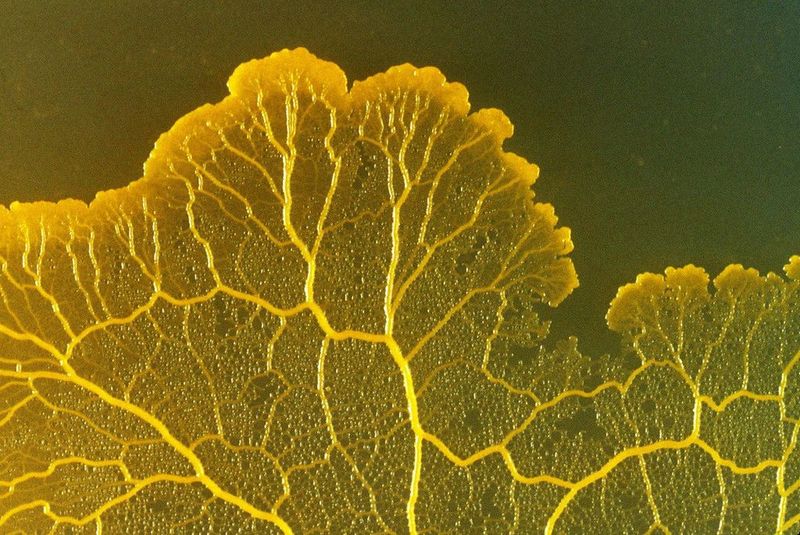
Yellow slime-like organisms discovered on the volcano’s flanks turned out to be specialized fungi that can actually digest metals!
These extraordinary life forms extract iron, manganese, and other minerals directly from volcanic rock. Scientists were baffled by these organisms’ ability to thrive in such a toxic environment. The slime molds create acidic compounds that break down hard rock surfaces, essentially “mining” the metals they need to survive.
This discovery has exciting implications for both science and industry. These natural metal-eaters could potentially help us develop new methods for extracting valuable minerals from the seafloor or even cleaning up pollution.
They’re also teaching us about how life can adapt to utilize resources we’d consider completely inedible.
8. Volcanic Oases Support Rich Food Webs
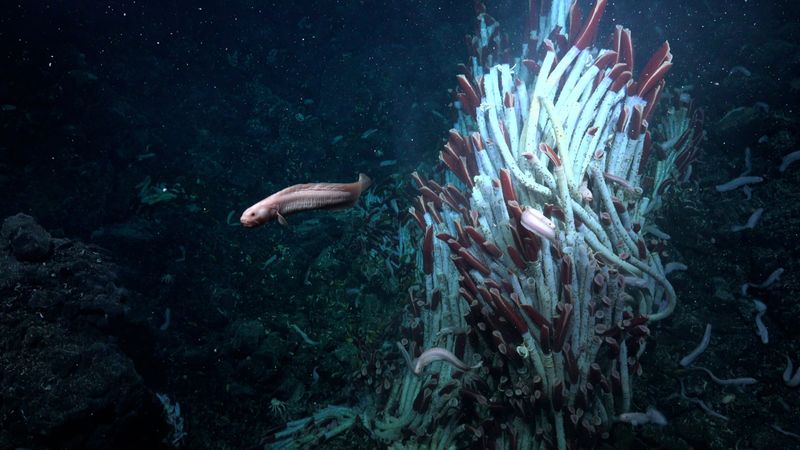
The areas around Havre’s vents have become underwater oases teeming with life in an otherwise sparse deep-sea environment. What starts with tiny bacteria becomes food for small crustaceans, which feed larger predators in a complex food web.
Scientists mapped these volcanic ecosystems and found they support 3-5 times more species than surrounding areas. The chemical energy released by the volcano essentially replaces sunlight as the foundation for these deep-sea communities.
Perhaps most surprising was how quickly these rich ecosystems established themselves. Within just a few years after the eruption, entire food chains had developed around the fresh volcanic features, demonstrating the remarkable resilience and adaptability of marine life.
9. Ancient Species Thought Extinct Reappear
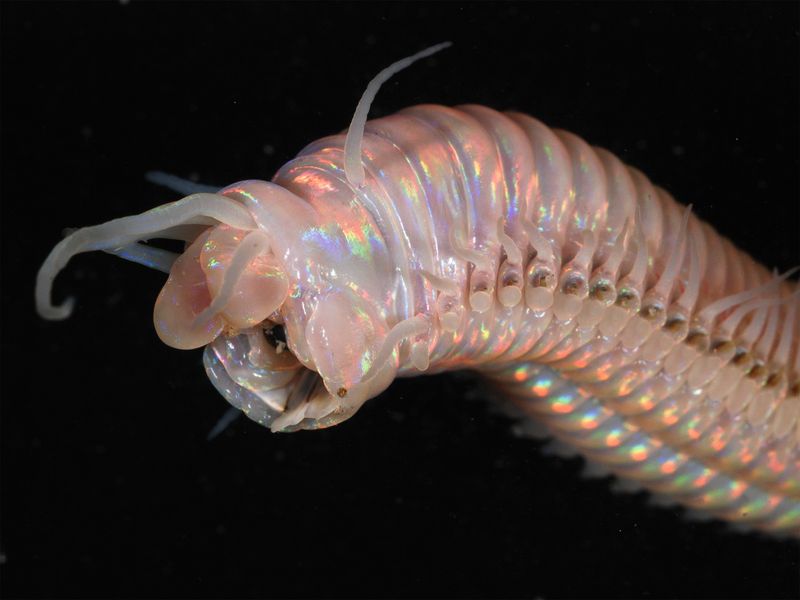
The Havre eruption stirred up more than just ash – it revealed living fossils! Several species previously known only from ancient fossils were found alive and well around the volcanic vents.
One such creature resembles a prehistoric armored worm that scientists thought had disappeared millions of years ago. The volcano’s disruption of the seafloor apparently uncovered a pocket where these ancient organisms had been living in isolation, hidden from scientific discovery.
These living time capsules offer unprecedented opportunities to study evolution. By comparing these creatures to their fossil relatives, researchers can track exactly how they’ve changed – or remarkably, how little they’ve changed – over vast stretches of geological time.
10. Seafloor Mapping Reveals Hidden Mountain Ranges
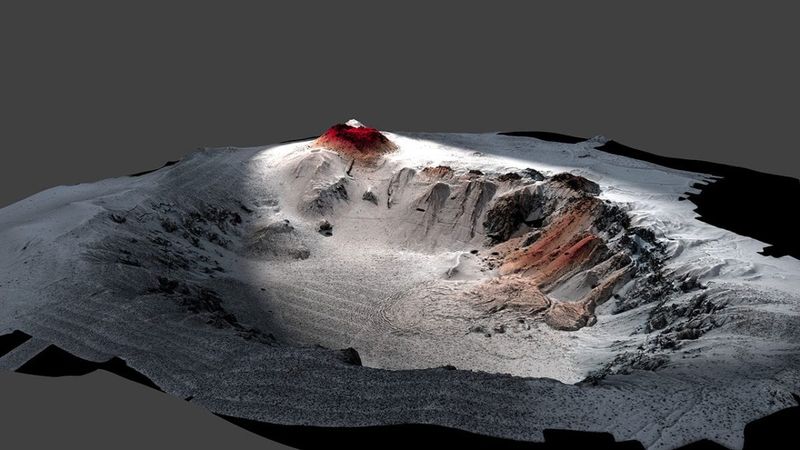
When scientists began studying the Havre eruption, they discovered entire underwater mountain ranges that had been completely unknown!
The volcano’s activity prompted detailed seafloor mapping that revealed a complex landscape of ridges, valleys, and seamounts. Many of these formations host unique marine communities found nowhere else on Earth.
Each underwater mountain creates its own current patterns and habitat niches, supporting specialized creatures adapted to their particular conditions. Before the eruption drew attention to this area, these submarine mountains remained unmapped and unexplored.
The discovery highlights how little we still know about our ocean floor – in fact, we have better maps of Mars than of our own seafloor!
11. Volcanic Ash Creates New Marine Habitats
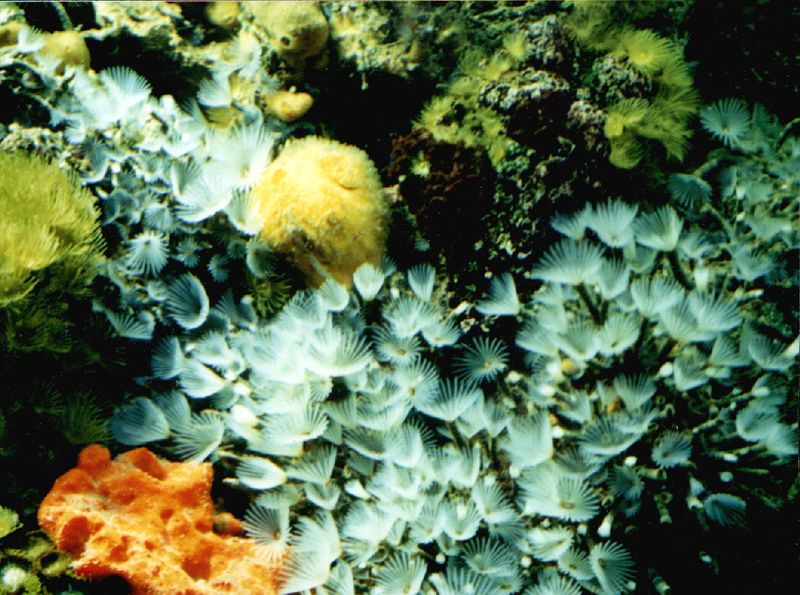
The massive clouds of ash released during the Havre eruption didn’t just disappear – they settled to create entirely new habitats on the seafloor. This volcanic “snow” blanketed large areas, providing fresh surfaces for pioneering species to colonize.
Scientists observed different communities developing based on ash thickness. Areas with thin dustings saw fast-growing algae and small filter feeders, while thicker deposits supported burrowing creatures that could dig through the new sediment.
The ash also contained high levels of iron and other nutrients that fertilized the surrounding ocean. This triggered plankton blooms that fed everything from tiny krill to massive filter-feeding whales, showing how underwater volcanoes can impact ocean life far beyond their immediate vicinity.
12. Natural Laboratories For Climate Research
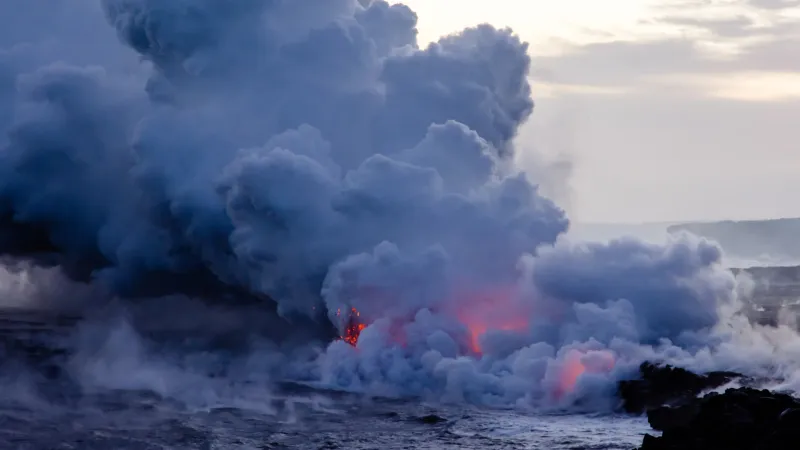
The Havre eruption site has become a natural laboratory for studying how oceans respond to rapid environmental changes. The volcano released enormous amounts of carbon dioxide and other gases that altered local water chemistry almost overnight.
Marine biologists are tracking how different species adapt to these changed conditions. Some creatures show surprising resilience to increased acidity, while others struggle or develop new adaptations.
These observations provide valuable insights into how marine ecosystems might respond to climate change and ocean acidification on a global scale.
By studying nature’s own experiments, like the Havre eruption, scientists gain real-world data that helps predict future changes to our oceans.


